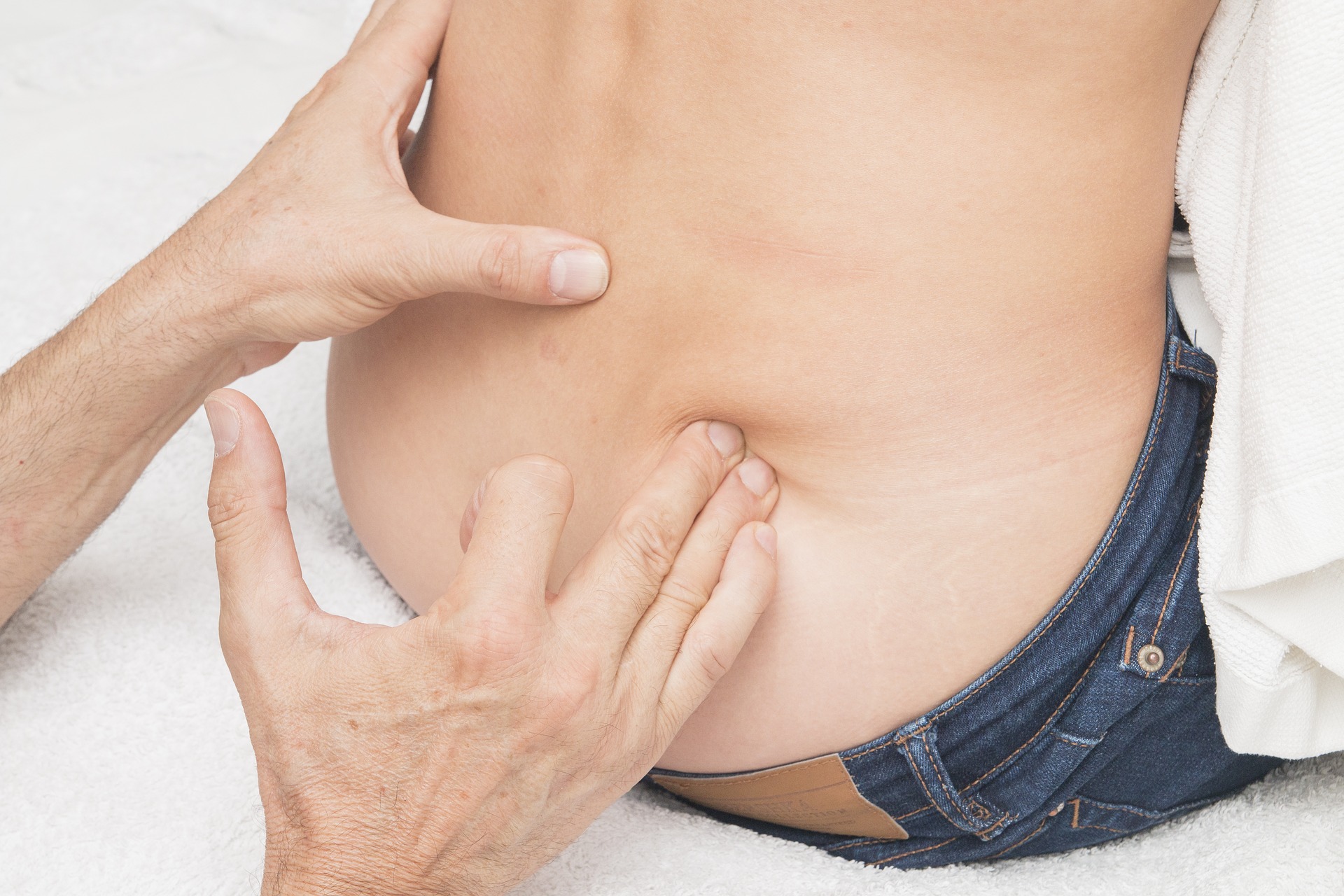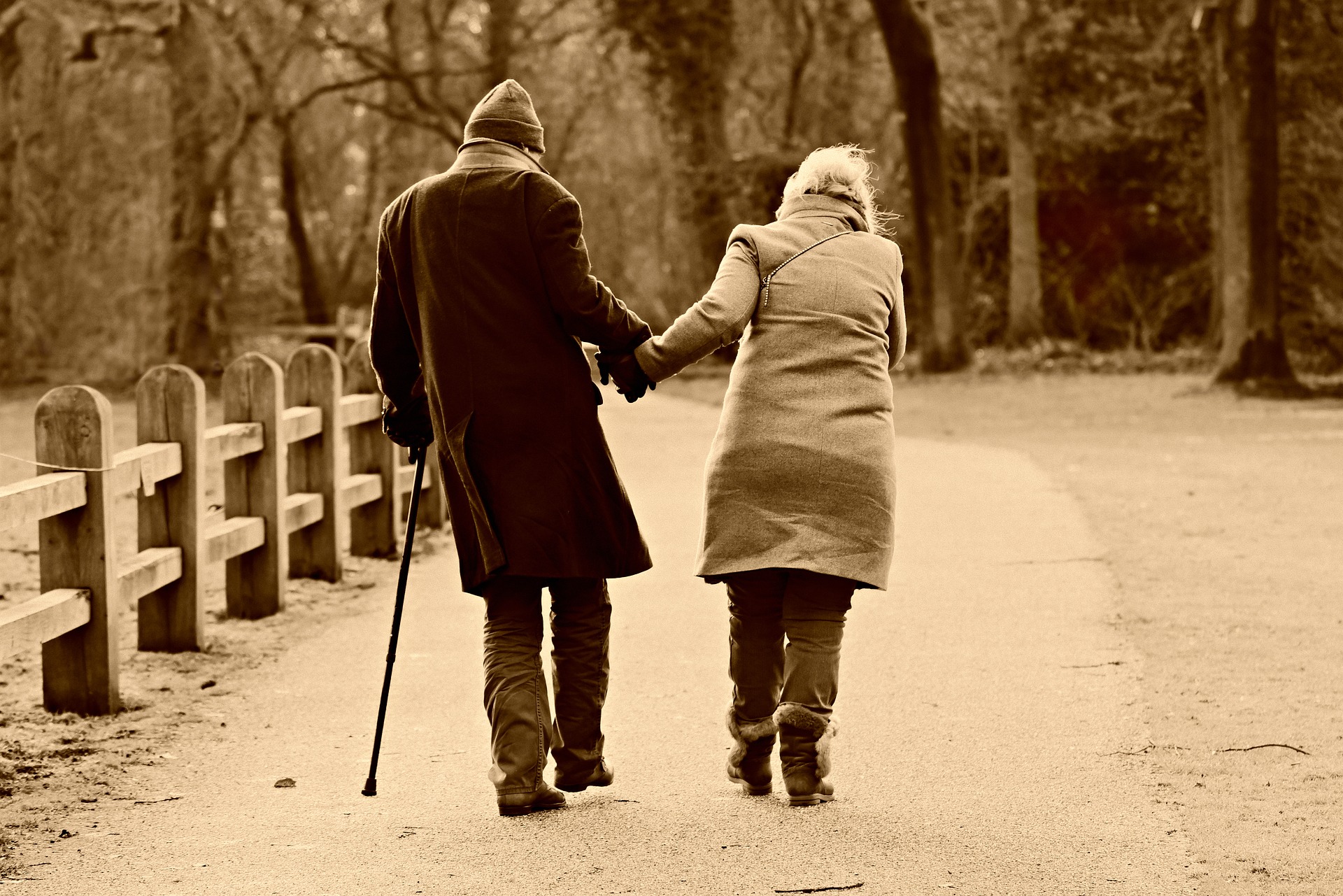Stroke survivors often have difficulty walking due to persistent neural deficits and thus have complex rehabilitation needs. Researchers report that about 40% of the stroke survivors are left with neurological damage resulting in long-lasting disabilities (1). Clinicians have developed a range of therapeutic strategies to improve the functional abilities of those affected with chronic stroke-related impairments, including fitness training, high-intensity therapy and repetitive-task training (2). Several novel therapies that are now under investigation, eg., stem-cell therapy, repetitive transcranial magnetic stimulation, robotic rehabilitation, virtual/augmented reality therapies, offer hope to those with long-standing impairments (2).
Spinal mobilization is one intervention that is commonly used to relieve pain and improve function in a range of neuromusculoskeletal disorders. The fundamental objective of spinal mobilization is to examine whether the segmental mobility between the vertebrae are restricted and assist the recovery of mobility by altering the mechanical properties of the symptomatic motion segment. A trained clinician can determine which segment is dysfunctional and promote mobility using spinal manipulative procedures.

A recent study by Krekoukias et al (3) demonstrated that a central posteroanterior spinal mobilization to L3 vertebra decreased the surface electromyographic activity of the erector spinae in healthy individuals. Further, Pecos-Martin et al (4) reported that a grade III central mobilization over the most painful thoracic segment significantly reduced thoracic erector spinae activity during trunk extension in people with non-specific thoracic spinal pain. An investigation into the effects of applying mobilization to the lumbar spine revealed that the sympathetic nervous system activity in the legs was altered after a 3Hz oscillatory mobilization was applied on the lumbar spine (5). A recent systematic review listed that spinal mobilizations cause neurophysiological effects including hypoalgesia, sympathoexcitation, and improved muscle function (6).
In 2014, Dr William Reed et al (7) were the first to demonstrate that a high-velocity low-amplitude (HVLA) spinal manipulation altered wide dynamic range and/or nociceptive specific lateral thalamic neurons in the brain. Dr William Reed et al (8,9) further demonstrated that the HVLA spinal manipulation when performed with appropriate preload characteristics and contact site altered the activity of the paraspinal muscle spindles.

It is known that the movement in stroke survivors can be restrained by pathologically increased muscle tone, defective control of the feedforward-feedback system and imbalance in the spinal reflex pathways (10). However, the evidence regarding the effect of spinal mobilization on improving mobility in stroke survivors and the potential neurophysiological mechanisms of recovery is still not known (11). Although it is tempting to speculate that the locomotion circuitry may consist of a few simple oscillating circuits (12) and that it could be influenced by a therapeutic procedure such as spinal mobilization, preliminary evidence does suggest that mobilization at the lumbar vertebrae may improve walking speed in stroke survivors (13). The researchers reported that 2Hz central posteroanterior lumbar spine mobilization performed at L1-5 (120 oscillations per minute) vertebral levels for 3 minutes on stroke survivors for 3 sessions showed statistically significant improvements on standardized walking tests (10-meter walk test and timed up and go test). Although statistically significant within-group changes in walking speed were detected in the participants with stroke-related walking impairments, the clinical meaningfulness and the sustainability of these changes is still questionable. It is necessary to further investigate these findings in order to validate the reported improvements.
References:
- Young J, Forster A. Review of stroke rehabilitation. Bmj. 2007 Jan 11;334(7584):86-90.
- Langhorne P, Bernhardt J, Kwakkel G. Stroke rehabilitation. The Lancet. 2011 May 14;377(9778):1693-702.
- Krekoukias G, Petty NJ, Cheek L. Comparison of surface electromyographic activity of erector spinae before and after the application of central posteroanterior mobilisation on the lumbar spine. Journal of electromyography and kinesiology. 2009 Feb 1;19(1):39-45.
- Pecos-Martín D, de Melo Aroeira AE, Silva RV, de Tejada Pozo GM, Solano LR, Plaza-Manzano G, Gallego-Izquierdo T, Falla D. Immediate effects of thoracic spinal mobilisation on erector spinae muscle activity and pain in patients with thoracic spine pain: a preliminary randomised controlled trial. Physiotherapy. 2017 Mar 1;103(1):90-7.
- Piekarz V, Perry J. An investigation into the effects of applying a lumbar Maitland mobilisation at different frequencies on sympathetic nervous system activity levels in the lower limb. Manual therapy. 2016 Jun 1;23:83-
- Lascurain-Aguirrebeña I, Newham D, Critchley DJ. Mechanism of action of spinal mobilizations: a systematic review. Spine. 2016 Jan 1;41(2):159-72.
- Reed WR, Pickar JG, Sozio RS, Long CR. Effect of spinal manipulation thrust magnitude on trunk mechanical activation thresholds of lateral thalamic neurons. Journal of manipulative and physiological therapeutics. 2014 Jun 1;37(5):277-86.
- Reed WR, Long CR, Kawchuk GN, Pickar JG. Neural responses to the mechanical characteristics of high velocity, low amplitude spinal manipulation: effect of specific contact site. Manual therapy. 2015 Dec 1;20(6):797-804.
- Reed WR, Long CR, Kawchuk GN, Pickar JG. Neural responses to the mechanical parameters of a high-velocity, low-amplitude spinal manipulation: effect of preload parameters. Journal of manipulative and physiological therapeutics. 2014 Feb 1;37(2):68-78.
- Burke D, Wissel J, Donnan GA. Pathophysiology of spasticity in stroke. Neurology. 2013 Jan 15;80(3 Supplement 2):S20-6.
- Pickar JG. Neurophysiological effects of spinal manipulation. The spine journal. 2002 Sep 1;2(5):357-71.
- Ivanenko YP, Poppele RE, Lacquaniti F. Five basic muscle activation patterns account for muscle activity during human locomotion. The Journal of physiology. 2004 Apr 1;556(1):267-82.
- Haq U, Malik AN, Ain QU. Does lumbar mobilization help stroke patients to improve functional outcomes? J Pak Med Assoc. 2019 Feb; 69(2):253-55.
